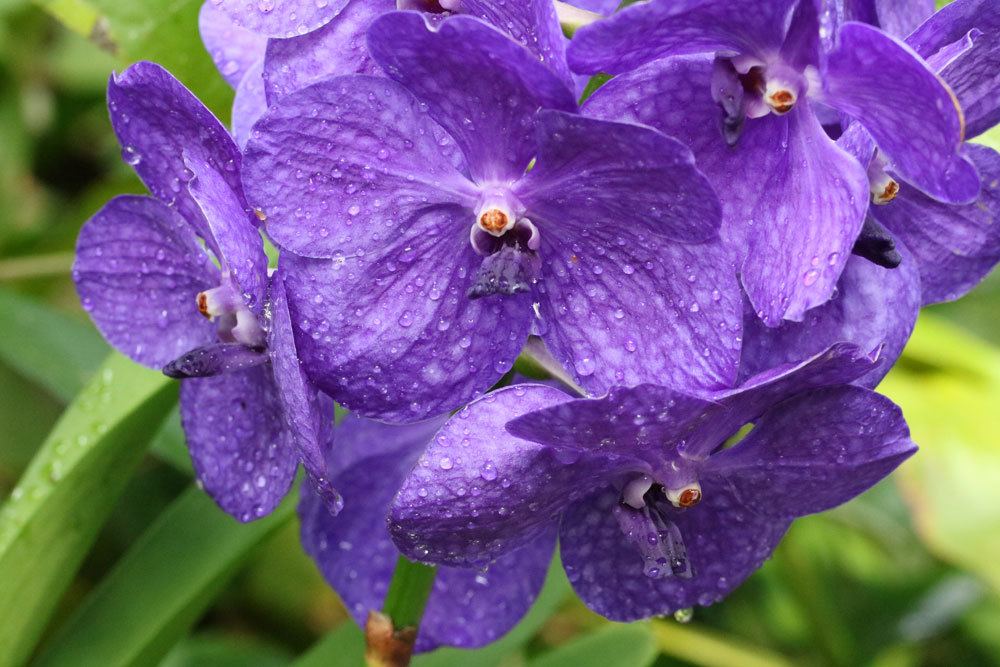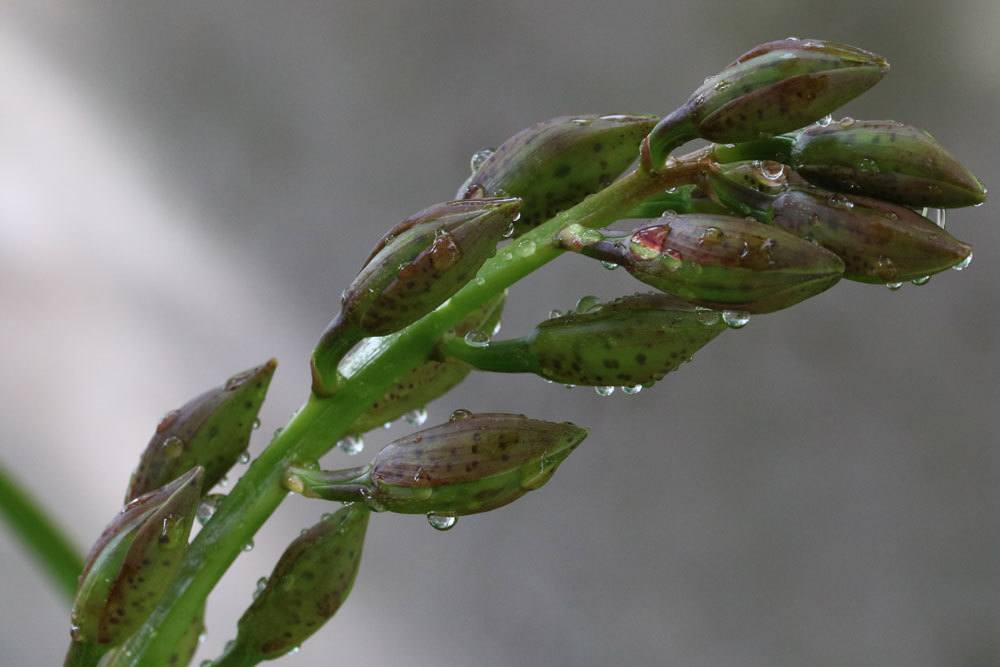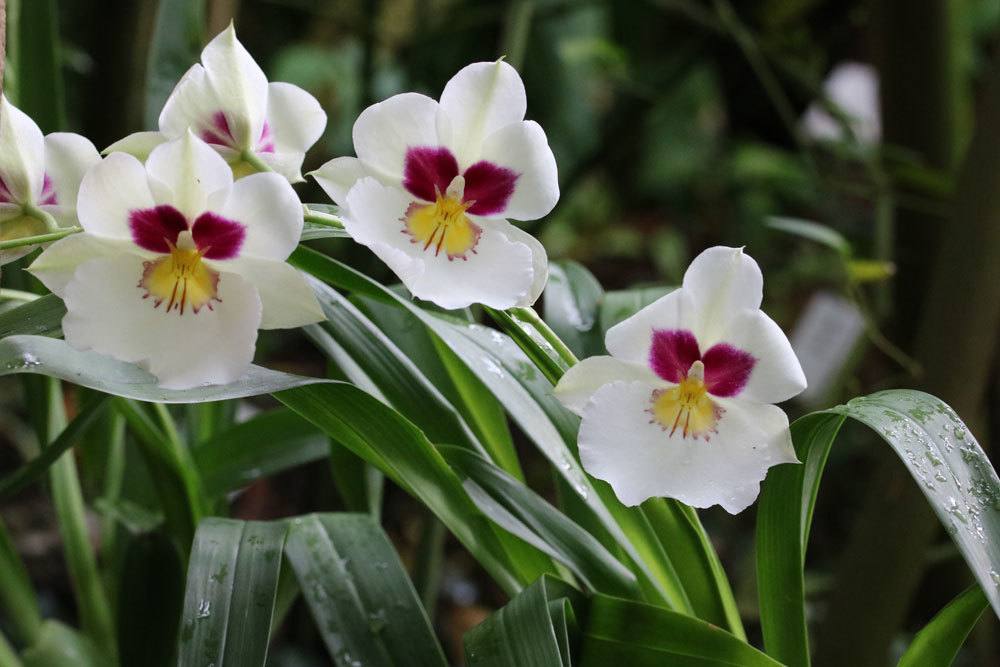Contents
Why does my orchid not bloom (anymore)?
Orchids are now on the windowsills in many apartments. They often cost no more than a bouquet of flowers, but stay fresh longer. The splendor of the flowers lasts for many weeks. At some point, however, even the last blossom wilts. What should be done then? Can you make an orchid bloom again? You can! You can find out how here. The tips are mainly suitable for the Phalaenopsis, partly also for other orchids.
Humidity
Orchids like it warm and humid
In the rainforest, the natural home of the orchid, humidity is high with temperatures also high. So it is quite humid. But this is what the orchid needs to form its magnificent flowers. Certainly, this is not a pleasant living climate for humans. But if your orchid does not bloom, then you should do something in this direction. Spray the plant with lukewarm and low-calcium water from time to time or place a humidifier near it. This is especially important if your phalaenopsis or butterfly orchid is near a heat source, for example, directly above the heater.
Light conditions
Orchids need a lot of light, but they do not tolerate midday sun.
Just as the warm humid air is normal in the rainforest, the orchid does not get direct sun there. It grows under the canopy and thus more or less shaded. If it stands in your apartment now at the south window in the midday sun, then it does not feel well and will not bloom. By the way, the same is true for a window facing the north side with little light.
Place your plant in an east or west window and it will recover quickly and, with proper care, will bloom soon. Alternatively, give your orchid a little shade at midday with a light curtain. That way, it will thrive and bloom even in a south-facing window.
Temperature
Orchids do not like strongly fluctuating temperatures
In the rainforest, temperatures are quite constant and this is what your orchid would like to have in the home. Small fluctuations of up to 2°C between day and night temperatures are tolerated quite well. However, the Phalaenopsis reacts quite sensitively to larger fluctuations, as it does to drafts. If you want to move an orchid to another room, the temperatures there should be at least temporarily similar to those in its old place.
The ideal location for a lush bloom:
- bright
- no direct midday sun
- not too dark
- east or west window
- no draught
- no strongly fluctuating temperatures

Watering
Orchids need water, but not wet feet
Thirsty it is already, the phalaenopsis, but if its feet are permanently wet, it quickly loses its flowering glory or does not even form buds. Therefore, it is important to water them properly. Give the orchid plenty of water and make sure that too much water can drain away directly. The right time to water is when the substrate becomes slightly dry. However, the substrate should never dry out completely.
Dipping is very effective. Place the pot with the orchid in room-warm water for a few minutes. The water can reach the top of the pot, but be careful not to flush out any substrate. Then drain off the excess water before placing the plant back in its planter. You may want to check again after a few minutes and empty the planter if water has accumulated there again.

Nutrients
Orchids do not need soil, but nutrients
In their native habitat, orchids grow on the trees of the rainforest, not on the ground. However, they are not parasites that feed on their host, but so-called perching plants. They absorb the necessary nutrients through the water and air. Since the environmental conditions in your living room are different from those in the rainforest, provide your Phalaenopsis with a high-quality orchid fertilizer once or twice a month. It contains all the substances that this plant needs for lush growth and beautiful blooming.
Rest
Some orchids need a rest period before flowering
An orchid without flowers actually looks quite boring, but it is quite a normal sight. No flower can always only bloom, it must be allowed to rest once in a while. This resting period does not look the same for every orchid. While some, such as the popular Phalaenopsis, simply take a break, with the usual care so far and in the usual location, other orchids need a special rest period in which they are watered only a little at lower temperatures and not fertilized at all.

Proper care for abundant flowering:
- plant in special orchid substrate
- water or immerse regularly
- avoid waterlogging
- drain excess water well
- use special orchid fertilizer


